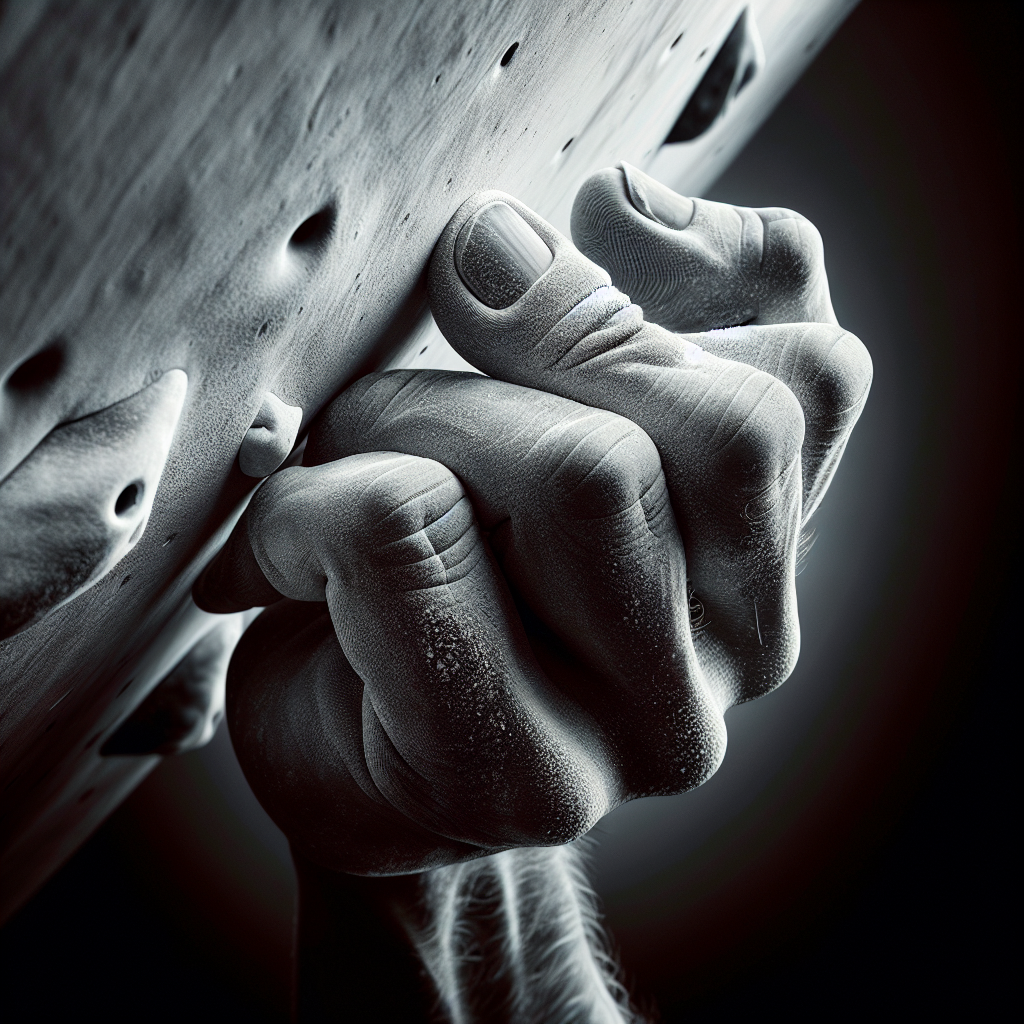
In the exhilarating world of rock climbing, there is always an adventure waiting around every bend. As you challenge yourself to conquer the overhangs, the question arises: Are there any specific crimping techniques to help you navigate these formidable obstacles? Explore the art of crimping on overhangs and uncover the secrets that will empower you to reach new heights in your climbing journey.
Crimping Techniques for Overhangs in Climbing
Introduction to Crimping
Crimping is a fundamental technique in climbing that involves gripping small holds using only the fingertips. It is an essential skill to master, especially when tackling overhangs. Overhangs can be a challenge for climbers due to the steep and often inverted angles, requiring a different set of techniques compared to climbing on vertical or slab walls.
Understanding Overhangs in Climbing
Overhangs are sections of a climbing route where the wall exceeds a vertical angle. In other words, the holds are positioned above you, creating a more strenuous physical demand on your fingers, arms, and core. Climbing on overhangs requires a combination of strength, technique, and mental focus. Understanding the unique characteristics and challenges of overhangs is crucial to navigating them effectively.

The Importance of Proper Crimping Techniques
Proper crimping techniques are vital when climbing overhangs, as they allow you to maximize your grip strength and maintain control on small holds. When executed correctly, crimping can provide greater stability and confidence as you work your way through challenging overhangs. Additionally, using the correct technique reduces the risk of injuring your fingers and maximizes your efficiency on the wall.
Basic Crimping Technique for Overhangs
The basic crimping technique for overhangs involves placing the pad of your fingers onto the holds, with your thumb opposing the fingertips for added stability. The aim is to create a secure and locked-in grip. As you engage your fingers and thumb, focus on distributing your weight evenly and engaging your core muscles to maintain balance. This technique allows you to leverage your strength effectively and control your movements on the overhang.

Advanced Crimping Techniques for Overhangs
Once you have mastered the basic crimping technique, there are advanced variations you can employ to navigate even more challenging overhangs. These techniques include using half-crimps, open-hand crimps, and pinch grips. Half-crimping involves placing less pressure on the fingertips and more on the pads, allowing for better flexibility and increased contact surface. Open-hand crimps involve keeping the fingers more extended, distributing the load on a larger area and reducing strain on individual finger joints. Pinch grips are employed when holds require a pinching motion, utilizing the thumb and the fingertips for added support.
Finger Positioning and Grip Strength
Finger positioning and grip strength play a significant role in successful crimping on overhangs. When selecting your finger positioning, evaluate the size and shape of the holds. Adjust your grip accordingly by positioning your fingers on the holds in a way that maximizes contact area and provides the most stability. Developing strong grip strength is crucial for tackling overhangs. Regular finger training exercises, such as hangboarding and fingerboarding, can help increase finger strength, endurance, and overall grip power.

Body Position and Body Tension
Proper body position and tension are essential for climbing overhangs efficiently. Maintain a strong core and engage your abdominal and back muscles to maintain body tension and prevent sagging. When moving on overhangs, it’s crucial to keep your body close to the wall to minimize the strain on your arms and fingers. Focus on shifting your weight and adjusting your body position to achieve balance and stability, keeping your center of gravity aligned with the holds.
Dynamic Movement and Coordination
Overhangs often require dynamic movement and coordination to conquer challenging moves. Practice generating power through explosive movements while maintaining control and precision. Improve your coordination by focusing on linking moves smoothly, optimizing your body position during transitions, and anticipating the next hold. Effective coordination, combined with dynamic movement, allows you to navigate overhangs with fluidity and efficiency.

Training and Conditioning for Overhangs
Training specifically for overhangs is key to improving your crimping skills and overall climbing performance. Incorporate exercises that target grip strength, finger endurance, and core stability into your training regimen. This can include hangboard training, campus board exercises, offset pull-ups, and core strengthening exercises such as planks and leg lifts. Gradually increase the intensity and duration of your training sessions to progressively challenge yourself and build resilience.
Common Mistakes to Avoid in Crimping Overhangs
While mastering crimping techniques for overhangs, it’s important to be aware of common mistakes that can hinder your progress. Avoid relying solely on arm strength, as this can lead to early fatigue and decreased performance. Instead, focus on using proper technique and engaging your core to take some strain off your arms. Additionally, avoid overgripping holds, as this can strain your fingers and increase the risk of injury. Find the balance between a firm grip and unnecessary tension. Lastly, be patient with your progress. Building proficiency in crimping overhangs takes time, practice, and perseverance.
In conclusion, developing and honing your crimping techniques for overhangs in climbing is crucial for success on challenging routes. Understanding the unique demands of overhangs, practicing proper finger positioning, grip strength, body tension, and coordination, and integrating targeted training and conditioning exercises into your routine will significantly improve your ability to conquer overhangs with confidence and skill. Avoiding common mistakes and remaining patient throughout the learning process will ultimately lead to mastering the art of crimping on overhangs, opening up a world of exciting climbing opportunities.

